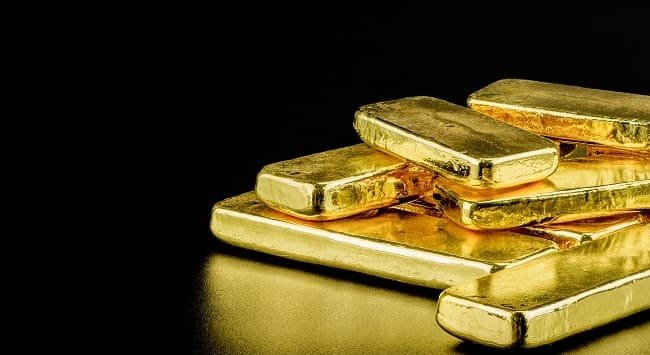Gold has been one of the best-performing asset classes both year-to-date and since 2019. The precious metal has risen by a third since the start of last year, while its 11.8% gain during a risk-off 2020 has only been beaten by the 30-year US Treasury.
The rise has not been a straightforward one, and BoA still sees headwinds on the horizon, including a strong US dollar, reduced financial market volatility and lower jewellery demand from India and China.”
However, the firm’s commodities strategists believe other factors will drive the gold price higher. “Beyond traditional gold supply and demand fundamentals, financial repression is back on an extraordinary scale,” they said.
In particular, interest rates, to which gold has a negative correlation, are likely to remain at or below zero for some time “as central banks attempt to push inflation back above their targets”.
The strategists continued: “Beyond real rates, variables such as nominal GDP, central bank balance sheets, or official gold reserves will remain the key determinants of gold prices, in our view.”
The global economy, for instance, is currently facing its worst recession in almost a century due to coronavirus lockdowns, with a fall in Q2 US GDP of as much as 30% predicted.
Elsewhere, central banks continue to expand their quantitative easing programmes, with the US Federal Reserve now buying corporate bonds as well as Treasuries.
Governments, meanwhile, have dipped significantly into their reserves to support businesses and citizens navigate the uncertainty.
In addition, the BoA strategists noted that “another reason to be particularly constructive on gold” is due to momentum players currently being “only slightly long gold” at just 5.7% of their maximum allocations to the precious metal, down from 56% in January.
The strategists said they had upped their 18-month gold target from $2000 per ounce to $3000 – a hike of 50%.
